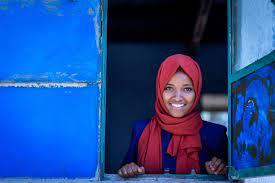
https://data.unicef.org/resources/sdg-report-2023/
Every child counts. The 2030 Agenda for Sustainable Development puts the principles of equality and non-discrimination at its heart, with a commitment to leave no one behind and reach those furthest behind first. Centring children in our efforts to drive sustainable development is a human rights imperative with the power to break harmful cycles of poverty and continued rights violations. But as the midpoint of our vision for a more equitable world nears, how successful have we been in bettering the lives of children?
To answer this question, UNICEF examined the available data on the 48 child-related Sustainable Development Goal (SDG) indicators, which the agency regularly monitors. Organized around five domains of child well-being – Survive and Thrive, Learning, Protection fromHarm,Safe and Clean Environment, and Life free from Poverty – these indicators capture the breadth of children’s lived experiences. When viewed together – rather than as individual sectors – they provide a rich, nuanced picture of children’s lives that tell us which children are thriving and which children are being left behind.
There are critical gaps in child-related SDG data
Due to limited data availability, there is much that remains unknown about how close or far we are from reaching the 48 child-related SDG targets: On average, national-level data are available for nearly half of these indicators. In high-income countries, there is a greater lack of child-related data that meet international standards when compared to data quality in low-income countries, in part because most monitoring in these countries relies on country-specific administrative data systems. This two-fold problem – a widespread lack of data availability combined with a lack of quality data — compromises our ability to track children’s progress and identify the children being left behind.
And today, a child born in a low-income country is seven times more likely to live in a country where child-related SDGs require acceleration than a child born in a high-income country. An estimated 150 million children – 6 per cent of the child population – live in 11 countries where 50 per cent of child-related targets have been met – which is, in fact, the highest level of achievement globally.









